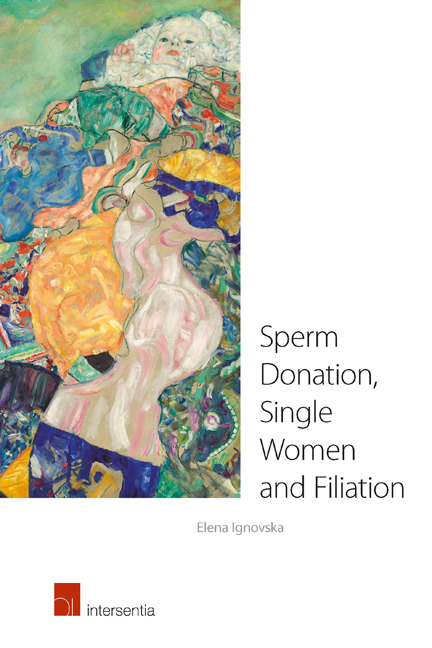Book contents
- Frontmatter
- Dedication
- Foreword
- Contents
- List of Abbreviations
- Introduction
- PART I MAPPING THE TERRAIN FROM AN INTERDISCIPLINARY AND INTERNATIONAL PERSPECTIVE
- Chapter 1 Terminology
- Chapter 2 International Regulations
- Chapter 3 Overview of the National Regulations in Ten European Countries
- PART II THE LEGAL, ETHICAL AND SOCIOLOGICAL POSITIONS OF THE PARTICIPANTS
- PART III LEGAL WAYS OF ESTABLISHING FATHERHOOD
- References
Chapter 2 - International Regulations
from PART I - MAPPING THE TERRAIN FROM AN INTERDISCIPLINARY AND INTERNATIONAL PERSPECTIVE
Published online by Cambridge University Press: 12 December 2017
- Frontmatter
- Dedication
- Foreword
- Contents
- List of Abbreviations
- Introduction
- PART I MAPPING THE TERRAIN FROM AN INTERDISCIPLINARY AND INTERNATIONAL PERSPECTIVE
- Chapter 1 Terminology
- Chapter 2 International Regulations
- Chapter 3 Overview of the National Regulations in Ten European Countries
- PART II THE LEGAL, ETHICAL AND SOCIOLOGICAL POSITIONS OF THE PARTICIPANTS
- PART III LEGAL WAYS OF ESTABLISHING FATHERHOOD
- References
Summary
The degrading human treatment that left black marks on human history after the World War II increased international recognition of human rights, followed by human rights treaties as core prerogatives for building common ground for the future. Setting the key principles that represent minimum moral standards was an attempt to reconcile the damage not between States, but primarily between a particular state and the individual. Shifting to the human person as the most important agent worthy of protection, the focus of international attention resulted in the Universal Declaration on Human Rights (UDHR). The Declaration was followed by (among others) the International Covenant on Civil and Political Rights (ICCPR) and the International Covenant on Economic, Social and Cultural Rights (ICESCR). These international documents also set the minimum standards for the protection of individuals and human dignity in the field of private and family life alone or in conjunction with the obligation of society to enable the conditions necessary to ensure the individual's physical and mental health through access to medical services for everyone. The more specific international regulation regarding particular groups worthy of particular protection (and out of interest for this work) was achieved by the Convention on the Elimination of All Forms of Discrimination Against Women (CEDAW) and the Convention on the Rights of the Child (CRC). The new scientific developments in the field of life-creation, and therefore in the fields of human dignity, planned parenthood, and private and family life, pointed to the need for a universal principle and regulation that was achieved in the Universal Declaration on the Human Genome and Human Rights (UDHGHR) and the Universal Declaration on Bioethics and Human Rights (UDBHR).
After establishing the principles, the need for an effective safeguard for their implementation was more than necessary.
The regional mechanism for ensuring protection on already established principles in Europe had already been established and implemented through the Council of Europe. The European Convention on Human Rights (ECHR) that followed accepted in its preamble the responsibility to confirm, implement and ensure the rights set down in the UDHR.
- Type
- Chapter
- Information
- Sperm Donation, Single Women and Filiation , pp. 33 - 80Publisher: IntersentiaPrint publication year: 2015

